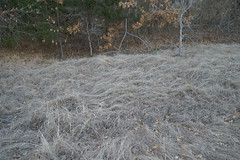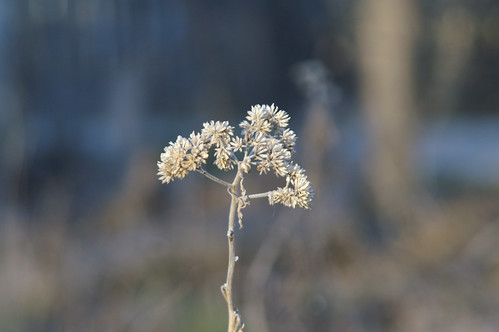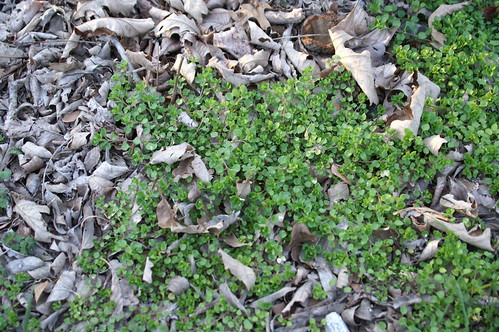The Little House in the Not-So-Big Woods is currently a house of another sort. The
House of Herps Carnival has landed here this month, with posts that appeal to a variety of senses.
Touch
At
Dave Hubble's ecology spot, the crumpet-like texture of a fossil tipped him off that he might have found an ancient crocodile. What else could it be, after all? It was located on that well-known crocodilian hotspot: the Isle of Wight!
A red-backed salamander is all snuggled up warm in its under-rock bed, until Bernard Brown goes herp-hunting. The chilly amphibian is at
Philly Herping.
David Steen prides himself (and rightfully so) on taking down the myths that circulate on the web. Here, he debunks a bit of the
"alligator vs. electric eel" video that made its rounds recently. Another of David's
myth-defying entries dispels the notion that cottonmouth snakes want to drop in on you while you drift down the river in your canoe.
At the Birder's Lounge, a red-eared slider is caught
basking in the warm sun. Sadly, Amber writes about another turtle, caught in the wild and for sale.
Taste
There's nothing like a nice ripe peach. In January, though, Stephanie Suesan Smith discovers that the
fruit that you find on the tree may not be as sweet as you'd expect.
Here at the Little House, we've got two herps for the price of one. And one of the pair appeared to be
pretty tasty.
Smell
Sniff...sniff-sniff....What's that smell? Is that insect repellent? Yes. Is it killing off anacondas?
Probably not.
Hearing
Charlie Moore's shifts his focus from avians to monitor lizards at this entry from
10,000 Birds. Read carefully, and you can practically hear the drip of water and the soft shush of grass as the enormous animals move through the marshes and waterways.
Sight
At
xenogere, Jason shows off his photographic skills with an exciting story about his too-close-for-comfort encounter with a Southern Copperhead, complete with a breathtaking image of the gorgeous reptile. Nothing gets away from Jason's camera. Well, almost nothing. VERY LITTLE gets away from his camera....
Greg Neise writes of finding a
Peruvian toad that only seems to exist in his photographs. These toads aren't only skilled in hiding in the leaves, they're also pretty good at keeping out of sight in the reference books.
Macro photography is applied to a variety of natural subjects. Insects, snails, and spiders have all become accustomed to having a big camera lens shoved right in their faces. Getting an up-close-and-personal
macro of a snake is still a rarity, though. Visit Count Your Chicken! We're Taking Over! for a snake portrait of a different sort.
Blending into the background is a common adaptation.
This individual hasn't read the memo.
Thanks to all who submitted an entry. Reading over all of these blogs was a joy to the senses: all five of them. The House of Herps carnival moves from McKinney to Philadelphia next month, hosted at
Philly Herping, so start writing!











































